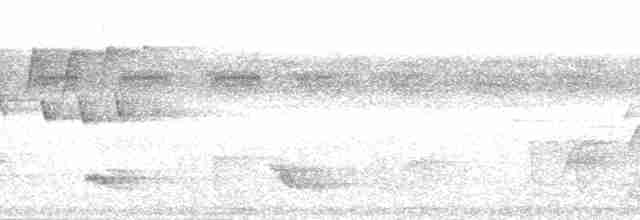Samoan Triller Lalage sharpei Scientific name definitions
- NT Near Threatened
- Names (21)
- Subspecies (2)
Barry Taylor
Version: 1.0 — Published March 4, 2020
Text last updated November 17, 2016
Text last updated November 17, 2016
Sign in to see your badges
Species names in all available languages
| Language | Common name |
|---|---|
| Bulgarian | Самоанска кукувича сврачка |
| Catalan | eruguera de les Samoa |
| Croatian | samoanski skovranj |
| Dutch | Samoatriller |
| English | Samoan Triller |
| English (United States) | Samoan Triller |
| Finnish | samoanlivertäjä |
| French | Échenilleur des Samoa |
| French (Canada) | Échenilleur des Samoa |
| German | Braunrücken-Raupenfänger |
| Japanese | サモアナキサンショウクイ |
| Norwegian | rødnebbtrillefugl |
| Polish | gąsienicojad malutki |
| Russian | Самоанский личинкоед-свистун |
| Serbian | Samoanski triler svračak |
| Slovak | húseničiarka hnedochrbtá |
| Spanish | Oruguero de Samoa |
| Spanish (Spain) | Oruguero de Samoa |
| Swedish | samoadrillfågel |
| Turkish | Samoa Tırtılyiyeni |
| Ukrainian | Оругеро малий |
Lalage sharpei Rothschild, 1900
PROTONYM:
Lalage sharpei
Rothschild, 1900. Bulletin of the British Ornithologists' Club 10, p.40.
TYPE LOCALITY:
Upolu Island, Samoa Group.
SOURCE:
Avibase, 2024
Definitions
- LALAGE
- sharpei
The Key to Scientific Names
Legend Overview
UPPERCASE: current genus
Uppercase first letter: generic synonym
● and ● See: generic homonyms
lowercase: species and subspecies
●: early names, variants, misspellings
‡: extinct
†: type species
Gr.: ancient Greek
L.: Latin
<: derived from
syn: synonym of
/: separates historical and modern geographic names
ex: based on
TL: type locality
OD: original diagnosis (genus) or original description (species)

- Year-round
- Migration
- Breeding
- Non-Breeding
Distribution of the Samoan Triller












































